Complete Medical Reference Guide: Normal Ranges & Test Values
This comprehensive guide provides medically accepted normal ranges for vital signs, blood tests, urine tests, infectious screening, and pregnancy. It is designed for educational and reference purposes. Values may vary slightly based on laboratory standards, age, sex, and clinical context.
Quick Reference – Normal Values
- Blood Pressure: 120/80 mmHg
- Heart Rate: 60–100 bpm
- Respiratory Rate: 12–20 breaths/min
- Temperature: 36.5–37.5 °C (97.7–99.5 °F)
- SpO₂: 95–100%
- Fasting Glucose: 70–99 mg/dL
- Hemoglobin (Male): 13.5–17.5 g/dL
- Hemoglobin (Female): 12–15.5 g/dL
1. Vital Signs
Vital signs are the first indicators of a person’s immediate health status. They measure body functions essential to life, including circulation, breathing, and temperature regulation.
- Blood Pressure: 120/80 mmHg (optimal)
- Heart Rate: 60–100 beats per minute (resting)
- Respiratory Rate: 12–20 breaths per minute
- Body Temperature: 36.5–37.5 °C (97.7–99.5 °F)
- Oxygen Saturation (SpO₂): 95–100%
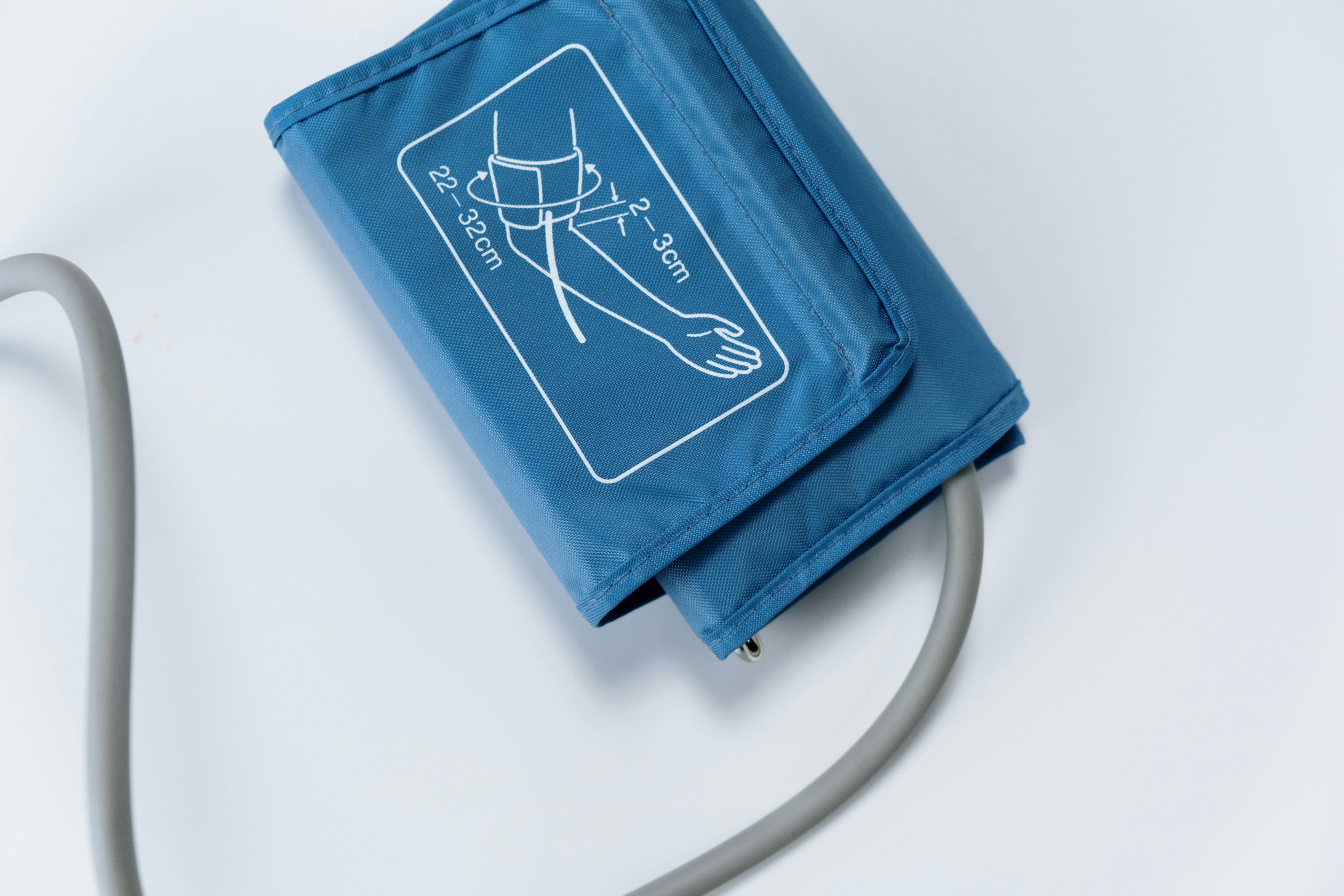
2. Complete Blood Count (CBC)
The Complete Blood Count measures different components of blood including red cells, white cells, and platelets. It helps diagnose conditions like anemia, infections, and clotting disorders.
- Hemoglobin (Male): 13.5–17.5 g/dL
- Hemoglobin (Female): 12.0–15.5 g/dL
- White Blood Cells (WBC): 4,000–11,000 /µL
- Red Blood Cells (RBC): Male 4.7–6.1 M/µL, Female 4.2–5.4 M/µL
- Platelets: 150,000–450,000 /µL

3. Blood Sugar & Diabetes Tests
Blood glucose tests are used to diagnose and monitor diabetes. Persistent high or low glucose levels can indicate serious metabolic disorders.
- Fasting Blood Glucose: 70–99 mg/dL (Normal)
- Postprandial Glucose (2 Hours): < 140 mg/dL
- HbA1c: 4.0–5.6% (Normal)
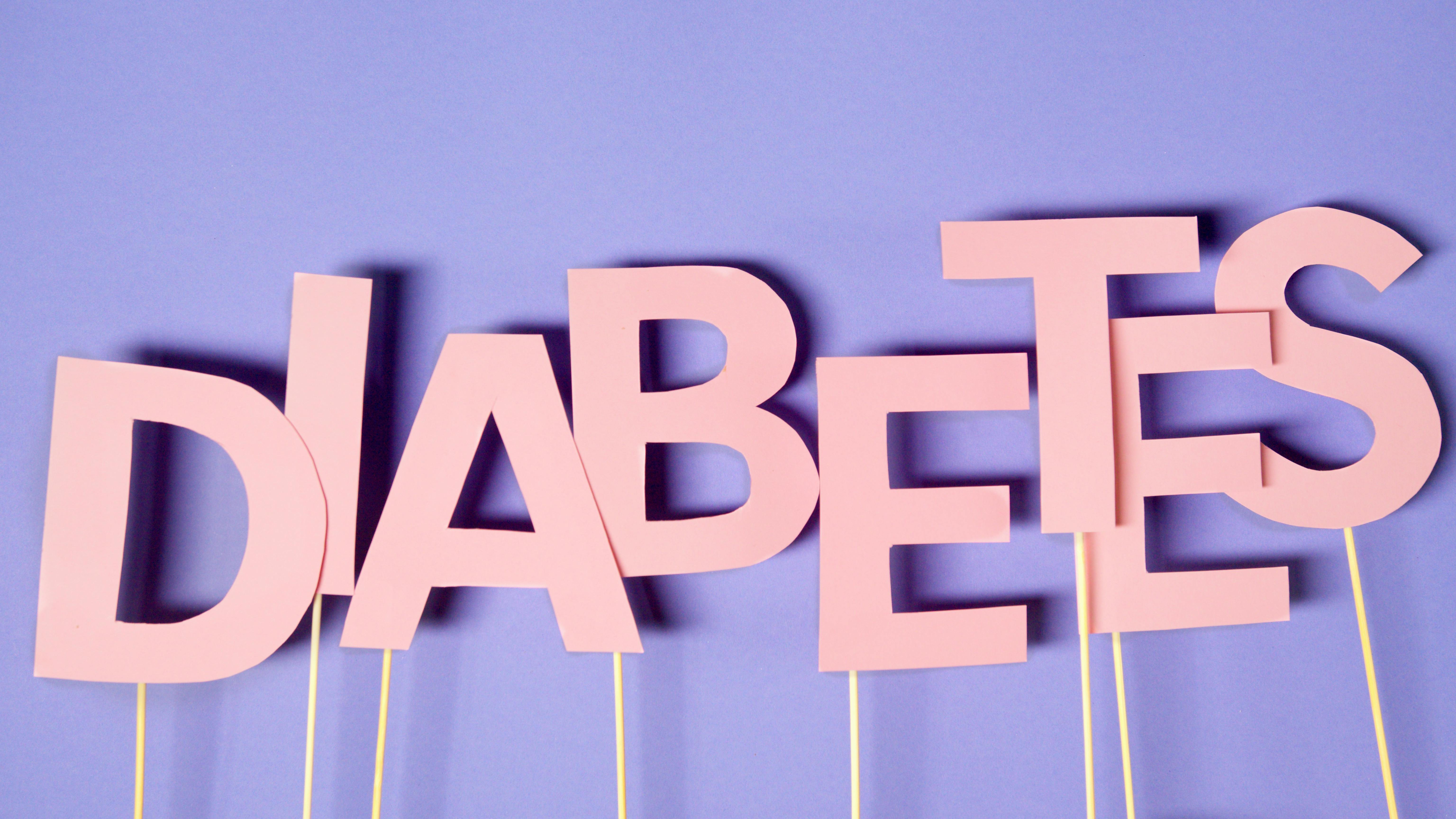
4. Kidney (Renal) Function Tests
Kidney function tests evaluate how well the kidneys filter waste products from the blood. They are crucial for diagnosing kidney disease or dehydration.
- Creatinine: 0.6–1.3 mg/dL
- Blood Urea Nitrogen (BUN): 7–20 mg/dL
- Uric Acid: Male 3.4–7.0 mg/dL, Female 2.4–6.0 mg/dL
![]()
5. Liver Function Tests (LFT)
Liver function tests help detect liver inflammation, damage, or bile duct blockage. Abnormal values may indicate hepatitis, fatty liver, cirrhosis, or medication toxicity.
- ALT (SGPT): 7–56 U/L
- AST (SGOT): 10–40 U/L
- Alkaline Phosphatase (ALP): 40–129 U/L
- Total Bilirubin: 0.1–1.2 mg/dL
- Albumin: 3.5–5.0 g/dL
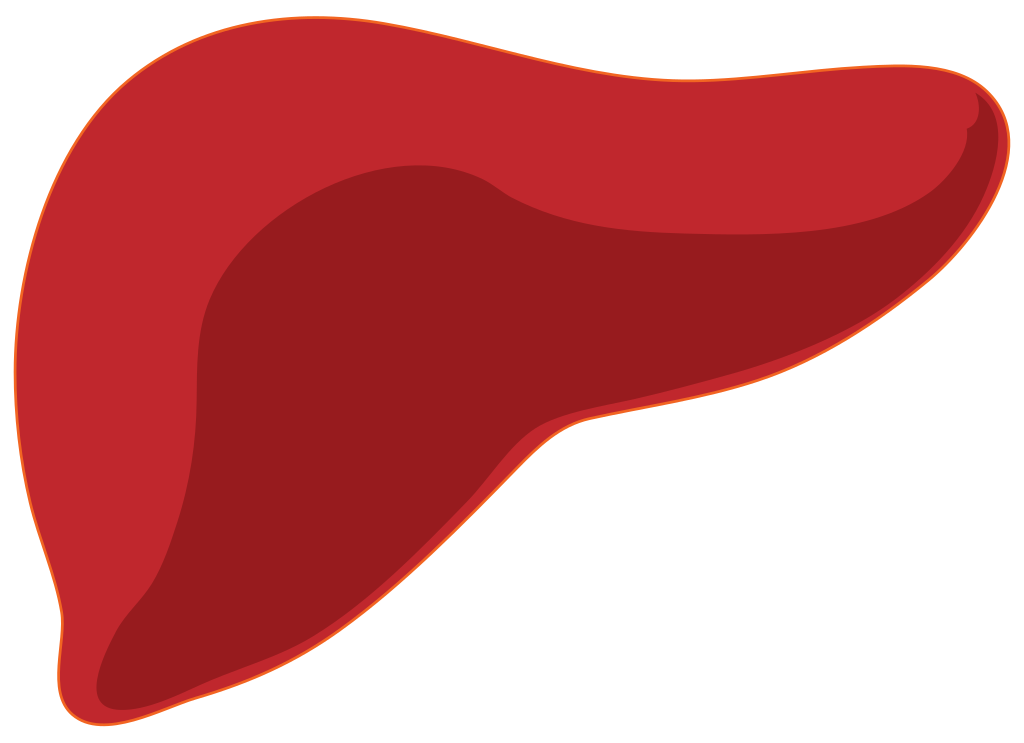
6. Lipid Profile (Cholesterol & Triglycerides)
The lipid profile measures fats in the blood and is used to assess cardiovascular risk. High LDL and triglycerides can increase the risk of heart disease and stroke.
- Total Cholesterol: < 200 mg/dL
- LDL (Bad Cholesterol): < 100 mg/dL
- HDL (Good Cholesterol): > 40 mg/dL (Men), > 50 mg/dL (Women)
- Triglycerides: < 150 mg/dL

7. Electrolytes & Minerals
Electrolytes regulate nerve signals, muscle contractions, hydration, and acid-base balance. Imbalances can cause cardiac arrhythmias or neuromuscular issues.
- Sodium (Na): 135–145 mmol/L
- Potassium (K): 3.5–5.0 mmol/L
- Calcium (Ca): 8.5–10.5 mg/dL
- Magnesium (Mg): 1.7–2.2 mg/dL
- Chloride (Cl): 98–106 mmol/L
- Bicarbonate (HCO₃): 22–29 mmol/L

8. Vitamins & Hormones
Vitamins and hormones play essential roles in metabolism, immunity, growth, and energy regulation. Deficiencies or excess values often indicate nutritional or endocrine disorders.
- Vitamin D (25-OH): 20–50 ng/mL (Optimal 30–50)
- Vitamin B12: 200–900 pg/mL
- Thyroid Stimulating Hormone (TSH): 0.4–4.0 µIU/mL
- Free T4: 0.8–1.8 ng/dL
- Insulin (Fasting): 2–20 µIU/mL

9. Urinalysis (Urine Test)
Urinalysis helps detect kidney disorders, urinary tract infections (UTIs), metabolic diseases, and dehydration. It includes physical, chemical, and microscopic examination.
- Color: Pale yellow to amber
- Specific Gravity: 1.005–1.030
- pH: 4.5–8.0
- Protein: Negative
- Glucose: Negative
- Ketones: Negative
- RBC: 0–2 /HPF
- WBC: 0–5 /HPF
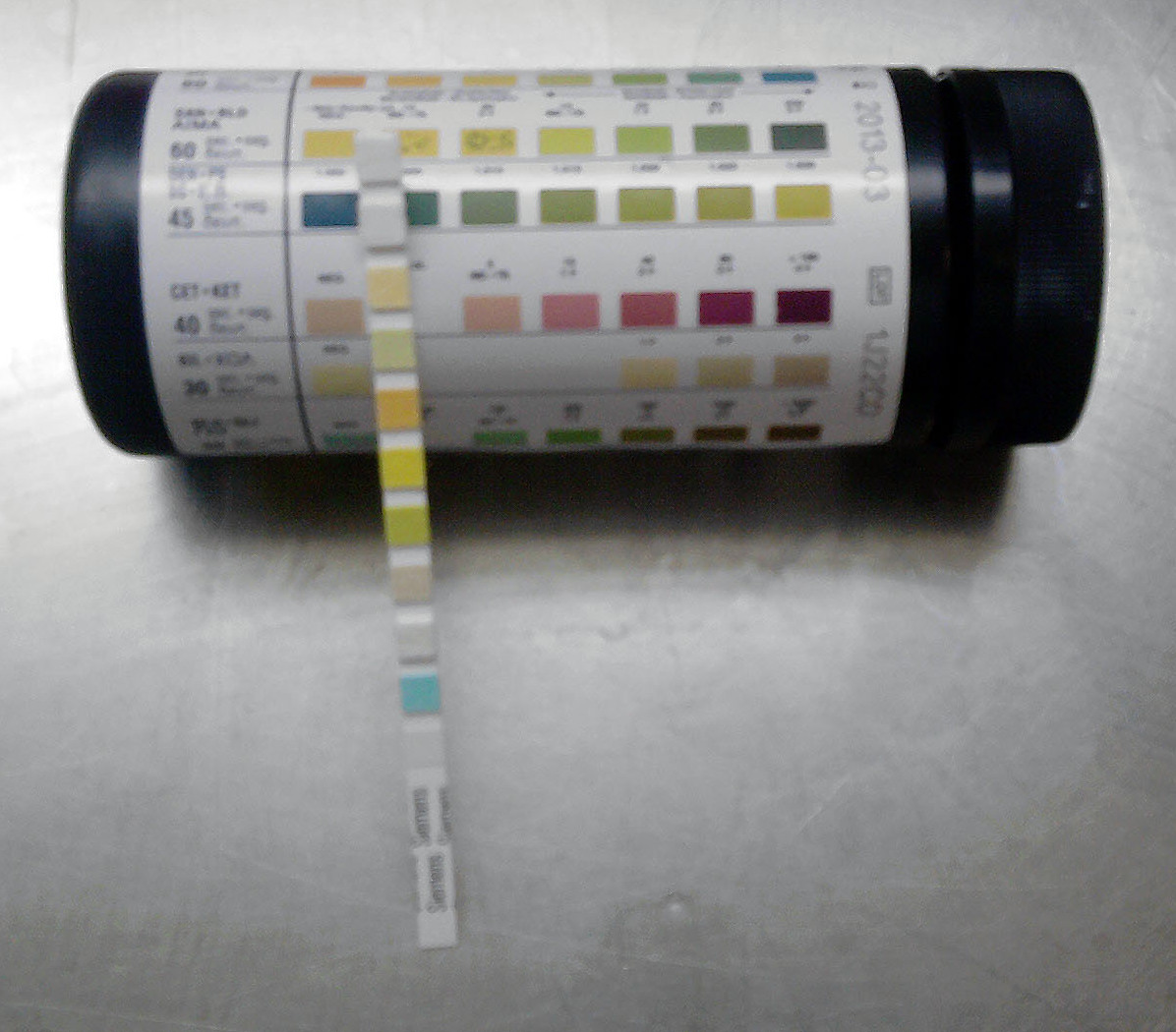
10. Infectious Disease Screening (HIV & Hepatitis)
These tests detect viral infections that affect the immune system and liver. Early detection is critical for treatment and preventing transmission.
- HIV (4th Generation Test): Non-reactive / Negative
- Hepatitis B (HBsAg): Negative
- Hepatitis C (Anti-HCV): Negative

11. Pregnancy Test (hCG)
The pregnancy test detects the hormone hCG (Human Chorionic Gonadotropin), which is produced after implantation. It can be performed using blood (serum) or urine.
- Urine hCG Test: Negative (Non-pregnant)
- Serum hCG: < 5 mIU/mL (Non-pregnant)
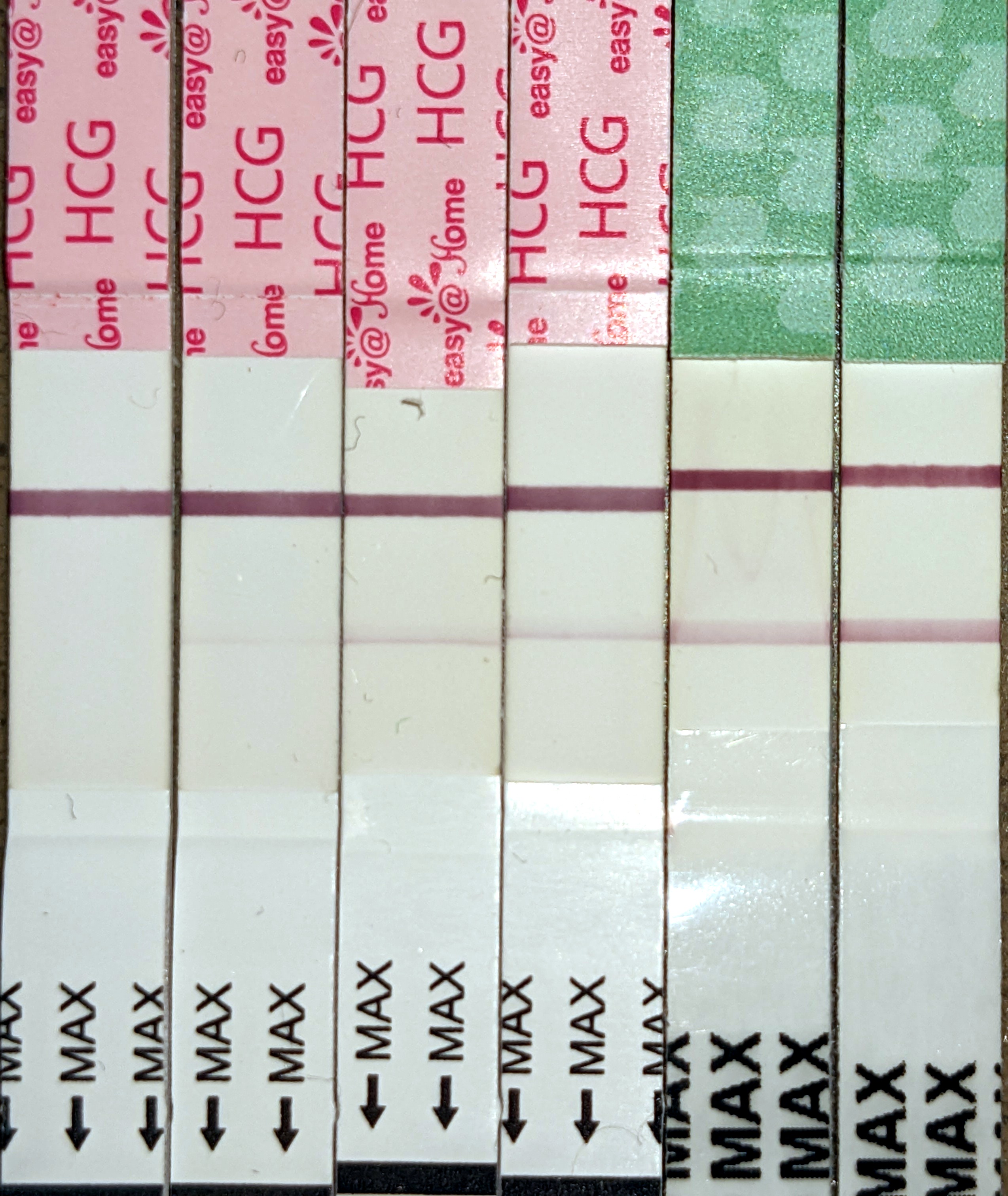
Medical Disclaimer
This article is intended for educational and informational purposes only. It should not be used as a substitute for professional medical advice, diagnosis, or treatment. Always consult a qualified healthcare provider with any questions regarding medical conditions or laboratory results.
End of Medical Reference Guide